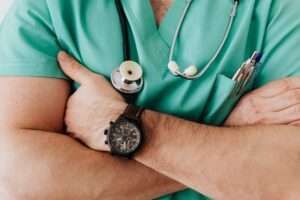Rajasthan stood first in the whole country
Rajasthan stood first in the whole country in implementing the Free Medicine Scheme. Rajasthan has achieved this feat by securing maximum marks overall in the number of medicines approved in the scheme, rate contracts available, availability of medicines in various medical institutions and other parameters. Neha Giri, Managing Director of Rajasthan Medical Services Corporation, said […]
Rajasthan stood first in the whole country Read More »
Health, News, State News





